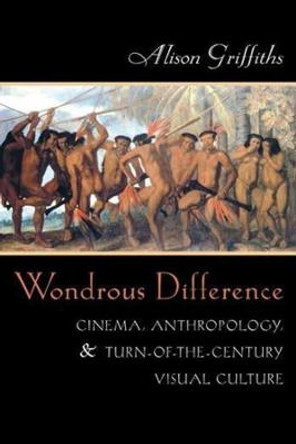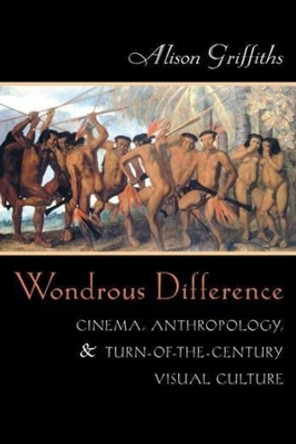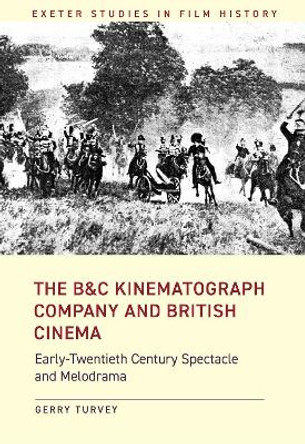Description
Griffiths considers a diverse mix of cinematic genres, from early actualities and reenactments of notorious executions to reformist exposes of the 1920s. She connects an early fascination with cinematic images of punishment and execution, especially electrocutions, to the attractions of the nineteenth-century carnival electrical wonder show and Phantasmagoria (a ghost show using magic lantern projections and special effects). Griffiths draws upon convict writing, prison annual reports, and the popular press obsession with prison-house cinema to document the integration of film into existing reformist and educational activities and film's psychic extension of flights of fancy undertaken by inmates in their cells. Combining penal history with visual and film studies and theories surrounding media's sensual effects, Carceral Fantasies illuminates how filmic representations of the penal system enacted ideas about modernity, gender, the body, and the public, shaping both the social experience of cinema and the public's understanding of the modern prison.
About the Author
Alison Griffiths is a Distinguished Professor of film and media studies at Baruch College and the City University of New York Graduate Center. Her Columbia University Press books are Shivers Down Your Spine: Cinema, Museums, and the Immersive View (2008), and Wondrous Difference: Cinema, Anthropology, and Turn-of-the-Century Visual Culture (2002).
Reviews
Alison Griffiths's examination of how movie exhibition came into prisons is truly groundbreaking. No one has studied the culture of moviegoing behind bars in this fashion before. A unique and absolutely exciting work! -- Dana Polan, author of Scenes of Instruction: The Beginnings of the U.S. Study of Film
Carceral Fantasies is a complex and highly original book that attends the intersections between various early cinema images of prisons and the real thing. Griffiths has a fascinating story to tell, in which she argues that we can view execution films as a kind of attraction-and in doing so are led to ponder: what constitutes an attraction? -- Jon Lewis, author of American Film: A History
Carceral Fantasies paints a complex, rich portrait of the historical relationship between cinema and the American penal system that crosses disciplinary borders and engages with a diverse body of scholarship. Groundbreaking in its historical exploration, rigorous and acrobatic in its theoretical intervention, and provocative in its call to action, Carceral Fantasies is a rewarding and important read for anyone interested in the history of American cinema. * Film & History *
Griffiths's work uncovers hidden and rarely considered aspects of penal practice, media consumption and film history. * Prison Service Journal *
A timely, challenging, and always thought-provoking text, Carceral Fantasies will become necessary reading for all working to map the medial administration of state terror and to imagine cinema's capacities to glimpse beyond it. * Canadian Journal of Film Studies *
Carceral Fantasies is a fascinating look at the history of cinema and the penitentiary. * Criminal Law and Criminal Justice Books *
The original research she has performed, especially in understanding the nature of the carceral spectator, makes a significant contribution to film history, particularly film as a cultural artifact. She provides a glimpse of a nearly invisible audience that may have discovered in film their only connection to the world at large. In doing so, Griffiths brings light to what remains one of the most hidden places in our society. * Wide Angle *
Carceral Fantasies will certainly attract scholars who are interested in the development of this scholarship about the silent era. The book will also be of value for those who are interested by nontheatrical film exhibition and the unique experience of watching films in prison. * Historical Journal of Film, Radio, and Television *
Carceral Fantasies is a provocative and engrossing read. Griffiths's study also makes a significant contribution to histories of cinema-going and early twentieth-century visual culture, and to our understanding of the complexities that underpin the dynamics between spectator and spectacle. * Alphaville *
Book Information
ISBN 9780231161077
Author Alison Griffiths
Format Paperback
Page Count 472
Imprint Columbia University Press
Publisher Columbia University Press
Series Film and Culture Series
Details
Subtitle: |
Cinema and Prison in Early Twentieth-Century America |
Series: |
Film and Culture Series |
Imprint: |
Columbia University Press |













